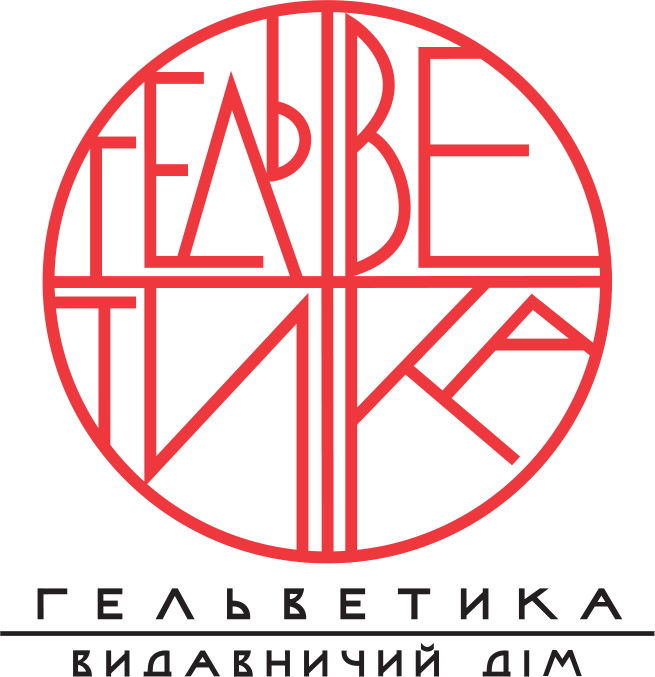SPATIAL CONCEPTS IN THE DESIGN OF ESCAPE ROOMS TO ENHANCE ADAPTATION AND TEAM INTERACTION
DOI:
https://doi.org/10.32782/uad.2025.1.25Keywords:
spatial design, game design, emotional state, environment, levelsAbstract
The article aims to study the influence of architectural solutions, sensory environment and narrative elements of escape rooms on the emotional state, behaviour, perception of space and adaptation of players. The objectives of the study include analysing the impact of individual elements of the escape room on the spatial perception and emotions of the game participants, studying the relationship between the elements of the escape room and the level of stress, and assessing the impact of the escape room on enhancing adaptation and team interaction of players. To achieve the research goal and solve the outlined tasks, general scientific methods of the theoretical level (analysis, synthesis and systematisation of scientific research) and methods of experimental research (logical and systematic analysis, experiment, statistical methods of data processing) were used. In the course of the study, the concept of ‘quest room’ is revealed, and the role of spatial design in organising a game in the format of such a room is clarified. The article presents the spatial design of escape rooms, including thematic design, interactive design, immersive design, and technological space. The concept of game design as a process of planning an interactive gaming space is also revealed. It has been proved that an effectively planned game space in the quest room contributes to developing several skills and competencies. The experiment evaluated the impact of architectural solutions, sensory environment and narrative elements of escape rooms. It has been proven that the skilful use of escape room design elements (darkness, mirrors, artificial lighting, wall decoration, floor temperature, sound effects, and smells) positively enhances team interaction among game participants. Players demonstrated an increase in adaptation skills as well as skill levels. In terms of teamwork skills, players showed an increase in medium and high levels of teamwork, as well as in the level of skill. At the control stage of the experiment, there was a decrease in the number of players with low levels of adaptation and teamwork skills.
References
Хващевська О. О., Хорунжа В. С. Характерні особливості квест-технології як ефективного засобу навчання молодших школярів. Інноваційна педагогіка. 2019. Спецвипуск. С. 143–146.
Винославська О., Кононець М. Перспективи застосування освітніх квест-кімнат для підготовки психологів до надання допомоги у кризових ситуаціях. Організаційна психологія. Економічна психологія. 2022. 2(26). С. 16–23.
Крупа О., Губернатор О. Сучасні цифрові технології та аудіовізуальні засоби в гібридних культурно-дозвіллєвих івентах. Питання культурології. 2023. № 42. С. 173–181.
Колосова Н., Ніколюк К. Дизайн інтер’єру в дошкільному навчальному закладі. Артпростір. 2024. Т. 1. № 4. С. 208–224.
Трофімук-Кирилова Т., Карпюк А., Чибирак С. Застосування квест-технологій у підготовці здобувачів вищої освіти (з досвіду Волинського національного університету імені Лесі Українки). Гуманітарні студії: Історія та педагогіка. 2022. № 1. С. 140–154.
Fotaris P., Mastoras T. Room2Educ8: A Framework for Creating Educational Escape Rooms Based on Design Thinking Principles. Education Sciences. 2022. Vol. 12, no. 11. P. 768. https://doi.org/10.3390/educsci12110768 (date of access: 22.02.2025).
An Educational Escape Room Game to Develop Cybersecurity Skills / A. Spatafora et al. Computers. 2024. Vol. 13, no. 8. P. 205. https://doi.org/10.3390/computers13080205 (date of access: 22.02.2025).
Харченко Н. В. Гейміфікація в освіті: використання квест-технології. Мистецтво та освіта. 2023. № 4 (110). С. 35–42.
Кучер Р. Роль просторового дизайну при втіленні імерсивного досвіду ігрових квест-кімнат. Деміург: ідеї, технології, перспективи дизайну. 2023. № 6(1). С. 153–161.
Eukel H., Morrell B. Ensuring Educational Escape-Room Success: The Process of Designing, Piloting, Evaluating, Redesigning, and Re-Evaluating Educational Escape Rooms. Simulation & Gaming. 2020. P. 104687812095345. https://doi.org/10.1177/1046878120953453 (date of access: 22.02.2025).
Wargo J., Garcia A. (Re)reading the room: The literacies of escape rooms. Journal of Curriculum and Pedagogy. 2021. P. 1–26. https://doi.org/10.1080/15505170.2021.1960224 (date of access: 22.02.2025).
Scandurra G., Ciofi C. Escape Room Game for Engineering Students: “Escape Department”, a Case Study. Education Sciences. 2023. Vol. 13, no. 8. P. 785. https://doi.org/10.3390/educsci13080785 (date of access: 22.02.2025).
Effect of an Escape Room as a Gamification Evaluation Tool on Clinical Reasoning and Teamwork Skills among Nursing Students: A Quasi-experimental Study / E. E. Rushdan et al. Nurse Education in Practice. 2024. P. 104188. https://doi.org/10.1016/j.nepr.2024.104188 (date of access: 22.02.2025).
Foltz-Ramos K., Fusco N. M., Paige J. B. Saving patient x: A quasi-experimental study of teamwork and performance in simulation following an interprofessional escape room. Journal of Interprofessional Care. 2021. № 39(1). Р. 67–74.
Effectiveness of “Escape Room” Educational Technology in Nurses’ Education: A Systematic Review / H. González-de la Torre et al. Nursing Reports. 2024. Vol. 14, no. 2. P. 1193–1211. https://doi.org/10.3390/nursrep14020091 (date of access: 22.02.2025).
Місто без Сонця. Secretorum. URL: https://secretorum.com.ua/room/misto-bez-sontsya/ (дата звернення: 16.02.2025)
Таємниця Темної Кімнати. Secretorum. URL: https://secretorum.com.ua/room/tayemnytsya-temnoyikimnaty/(дата звернення: 16.02.2025)



